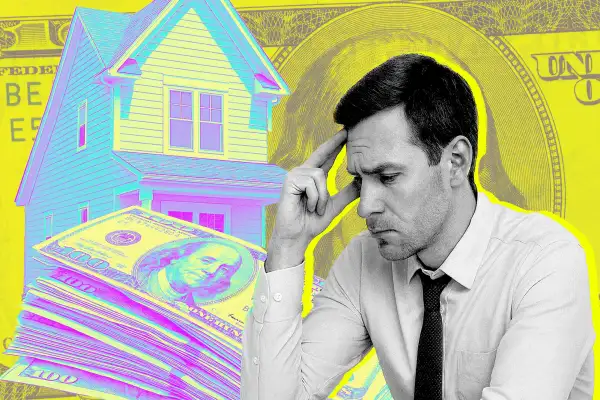To Afford a Typical House, Americans Now Need to Earn Six Figures

It now takes a salary of around $99,800 to buy a typical home, which means a household earning the U.S. median income of $82,200 would need a raise of $17,670 to make a purchase.
Even with enough savings for a 20% down payment on a home at the median U.S. home price ($367,969), today's high mortgage rates would push a buyer's monthly payment to an uncomfortable level for anyone earning less than six figures, according to a Zillow report released Monday.
The gap between the median U.S. household income and the income needed to buy a house gets wider when it's calculated based on a 10% down payment. "If that same household only has enough savings for a 10% down payment, they’d need a raise of $36,287," the Zillow report said.
To illustrate the changes in the landscape over the past five years, Zillow examined median income and home price data by market. The report found there are only 11 major markets left where the typical household makes enough to afford a median-priced home. In 2020, there were 39 such markets. This stark decline highlights why major cities are home to so-called "forever renters."
"As affordability headwinds have stiffened for would-be first-time buyers, the median age of renters is rising and demand has increased for single-family rentals," Zillow said in the report.
Can you buy a home with a median income?
Zillow's research builds on similar recent findings from other firms, including Realtor.com, which came out with its latest affordability report last week. The firm concluded that "the typical U.S. household would need to spend 44.6% of their income to afford a median-priced home as of May 2025, well above the recommended 30% threshold."
The Realtor.com analysis, which is based on May’s average mortgage rate of 6.82%, found median earners can afford the typical home in only three of the 50 largest cities: Detroit, Pittsburgh, and St. Louis. (Like Zillow, Realtor.com assumes a 20% down payment.)
For example, in Pittsburgh, where workers appear best-positioned to afford a home, the median household earning $72,935 would spend 27.4% of its income on housing, meaning it could afford the median-priced $249,900 home in the area — by a slim margin.
So what are people with regular salaries everywhere else to do? While it's possible to spend more than 30% of your income on housing costs, real estate experts will tell you to proceed with caution.
"Spending roughly 30% or less of your pre-tax income on housing is expected to leave room for other non-negotiables, as well as savings," according to Realtor.com.
Strict budgeting and the fear of expensive home repairs wouldn't be the only things to worry about. You'd also have to find a lender who's willing to work with you. Mortgage lenders usually require a debt-to-income (DTI) ratio below a maximum of around 36% or 45%. There are exceptions — and the exact cutoff depends on the type of loan and the property — but a DTI over 30% typically can make approval more challenging.
In the most expensive cities, the statistics are startling and show why many renters are giving up on ever buying homes.
"The least affordable market, Los Angeles, is so pricey that typical annual housing costs exceed the typical annual income," Realtor.com reports. "It would take a 90% to 95% down payment in Los Angeles, and a down payment of roughly 80% in the other least affordable markets to hit affordability recommendations."
More from Money:
8 Best Mortgage Lenders of 2025





